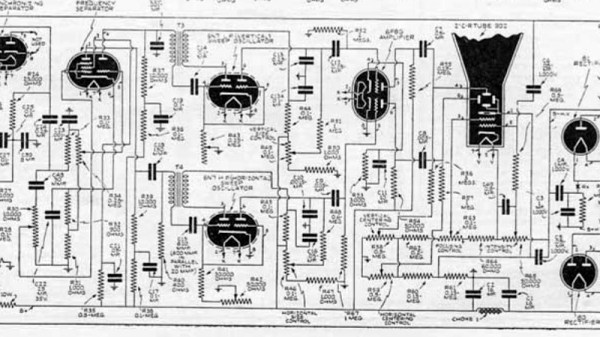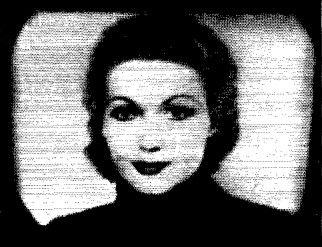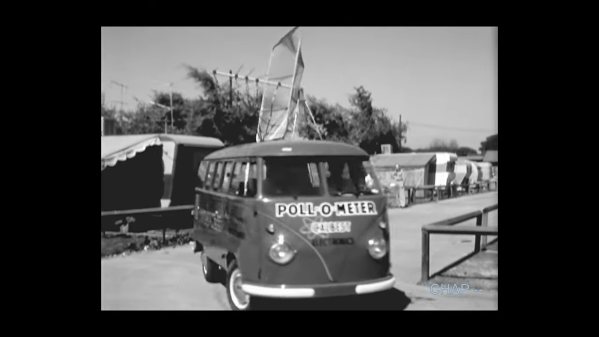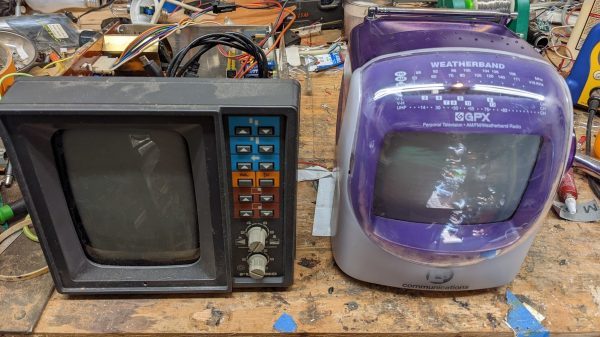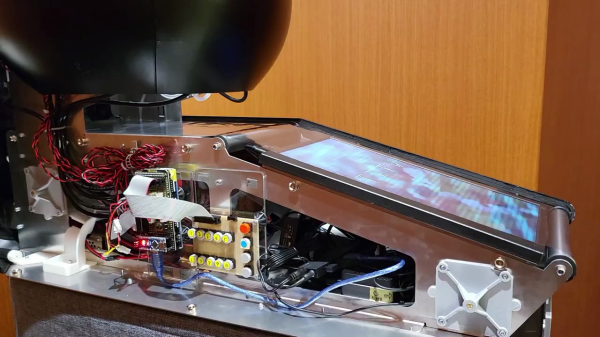For as visionary as he was, [George Carlin] vastly underestimated the situation with his classic “Seven Words You Can’t Say on TV” bit. At least judging by [Ben Eater]’s reverse engineering of the “TVGuardian Foul Language Filter” device, it seems like the actual number is at least 20 times that.
To begin at the beginning, a couple of weeks ago [Alec] over at everyone’s favorite nerd hangout Technology Connections did a video on the TVGuardian, a device that attempted to clean up the language of live TV and recorded programming. Go watch that video for the details, but for a brief summary, TVGuardian worked by scanning the closed caption text for naughty words and phrases, muted the audio when something suggestive was found in a lookup table, and inserted a closed caption substitute for the offensive content. In his video, [Alec] pined for a way to look at the list of verboten words, and [Ben] accepted the challenge.
The naughty word list ended up living on a 93LC86 serial EEPROM, which [Ben] removed from his TVGuardian for further exploration. Rather than just plug it into a programmer and dumping the contents, he decided to roll his own decoder with an Arduino, because that’s more fun. And can we just point out our ongoing amazement that [Ben] is able to make watching someone else code interesting?
The resulting NSFW word list is titillating, of course, and the video would be plenty satisfying if that’s where it ended. But [Ben] went further and figured out how the list is organized, how the dirty-to-clean substitutions are made, and even how certain words are whitelisted. That last bit resulted in the revelation that Hollywood legend [Dick Van Dyke] gets a special whitelisting, lest his name becomes sanitized to a hilarious [Jerk Van Gay].
Hats off to [Alec] for inspiring [Ben]’s fascinating reverse engineering effort here.
Continue reading “Reverse Engineering “The Seven Words (and More) You Can’t Say On TV””


